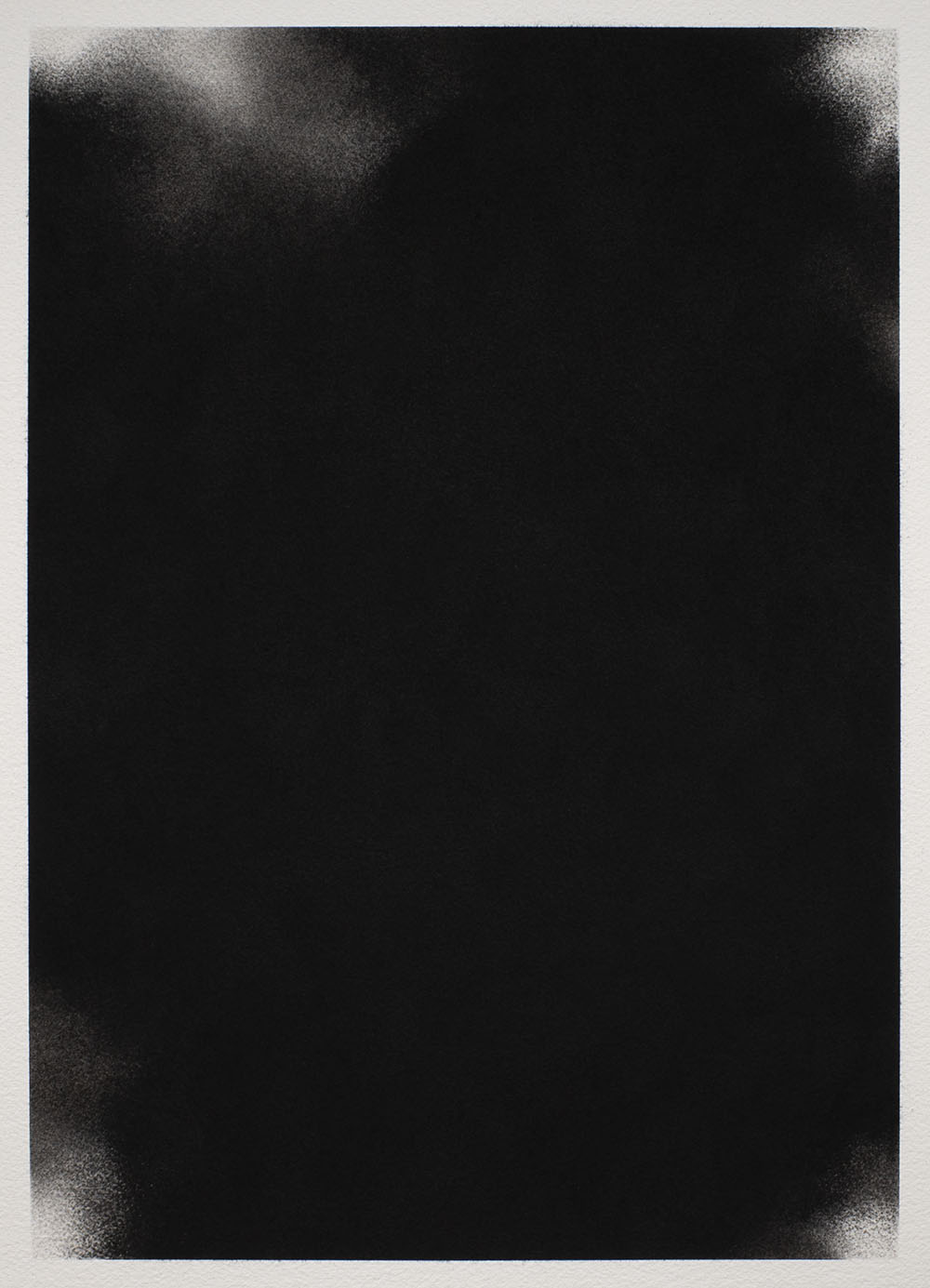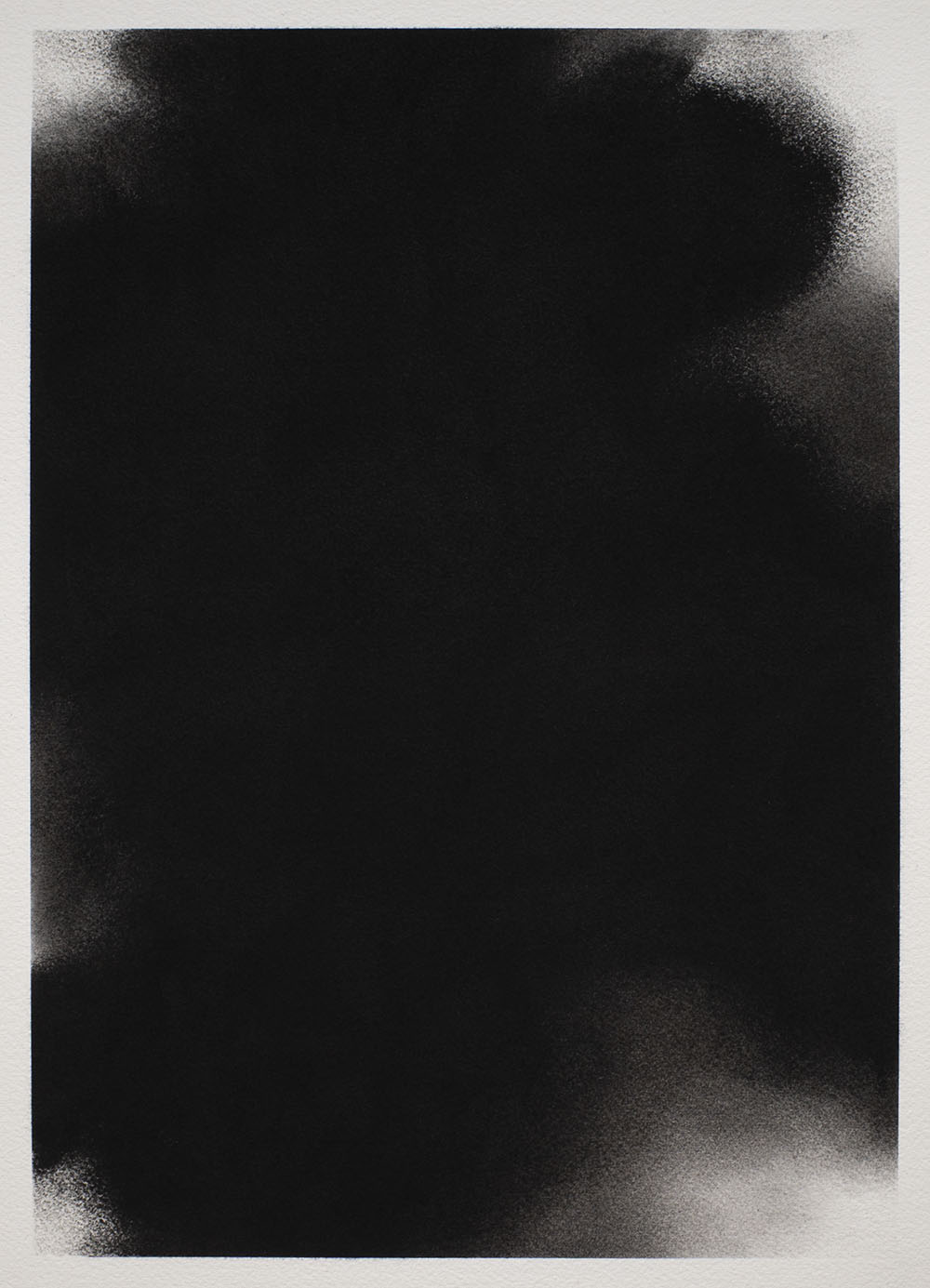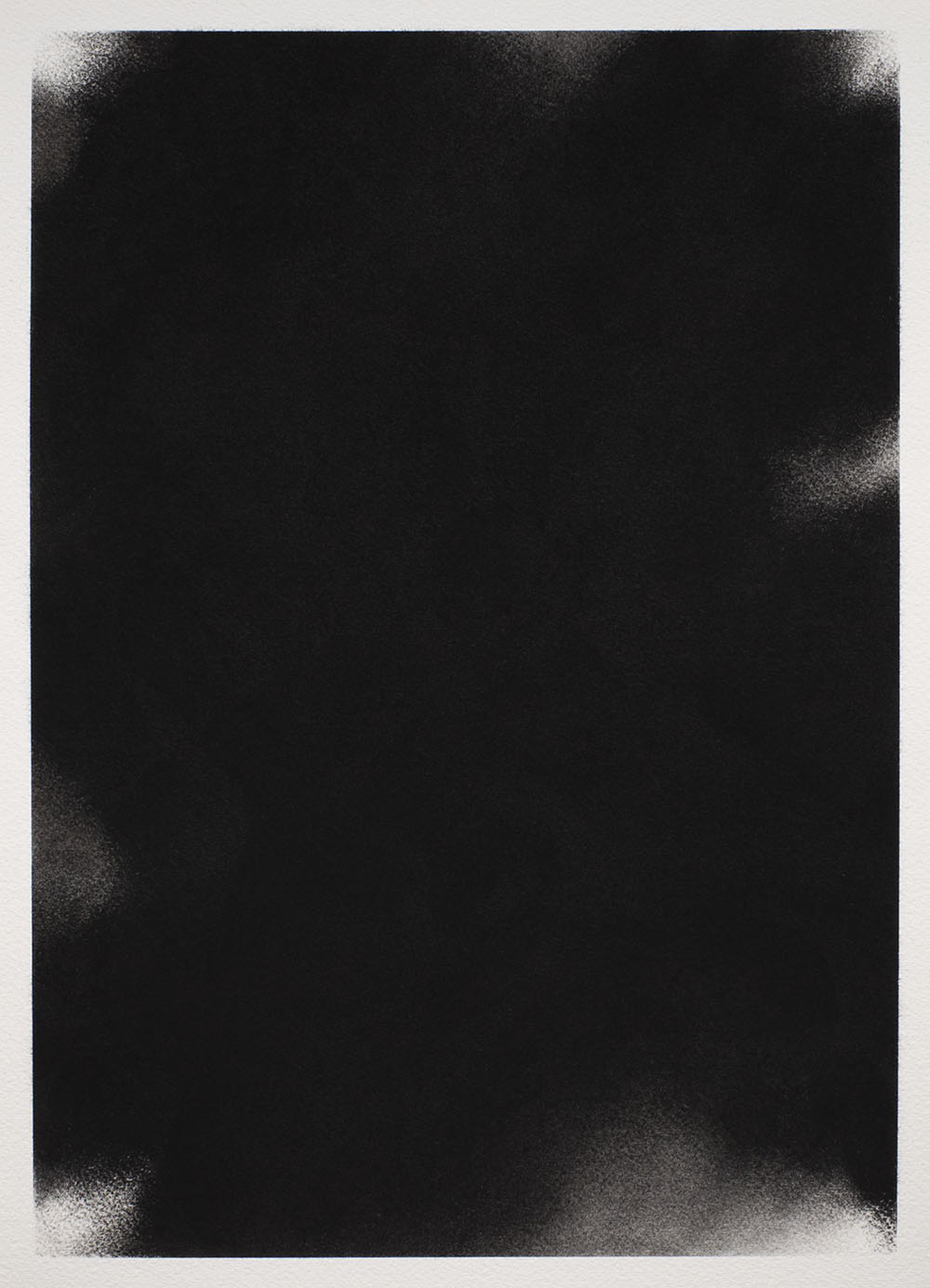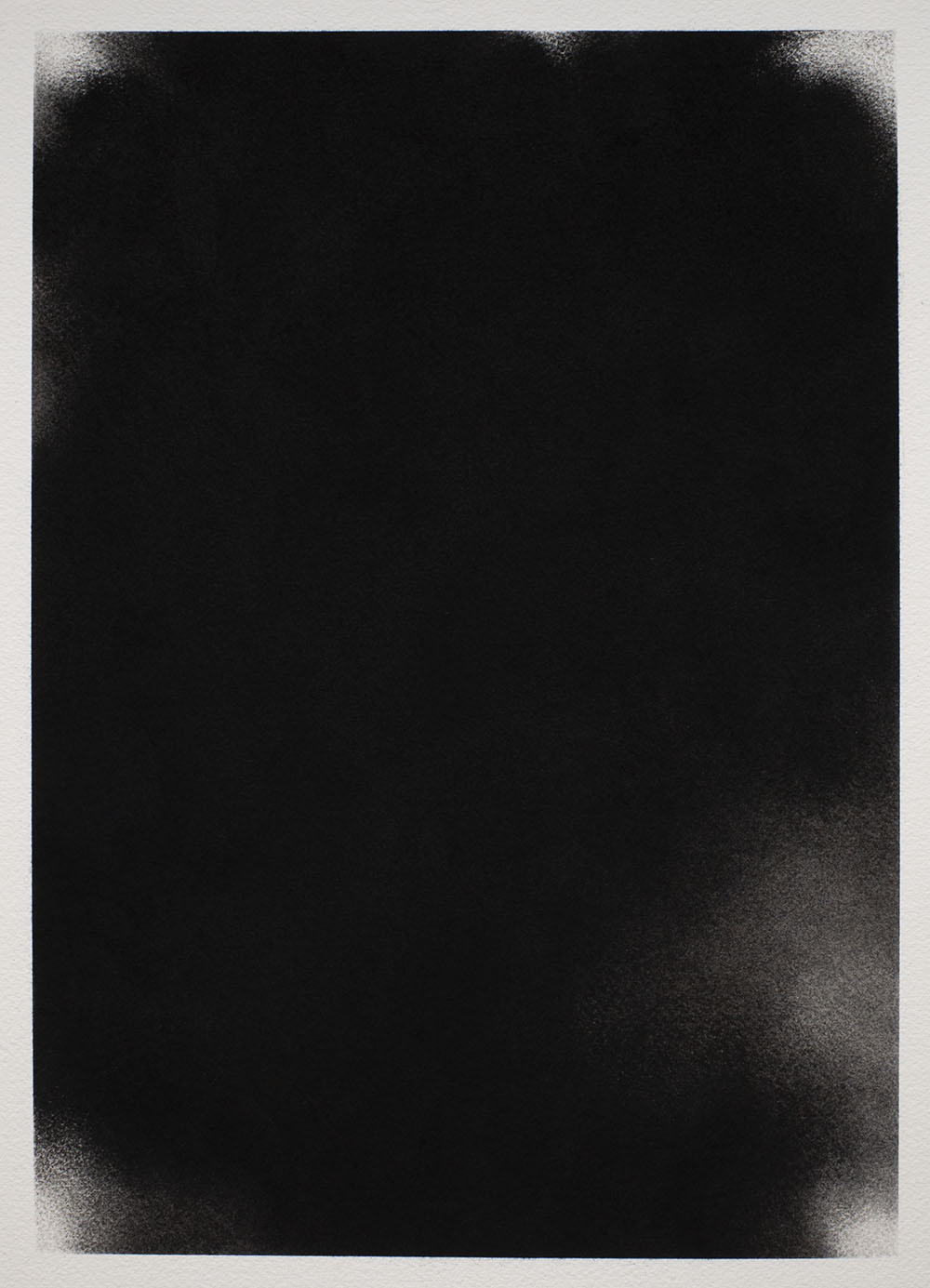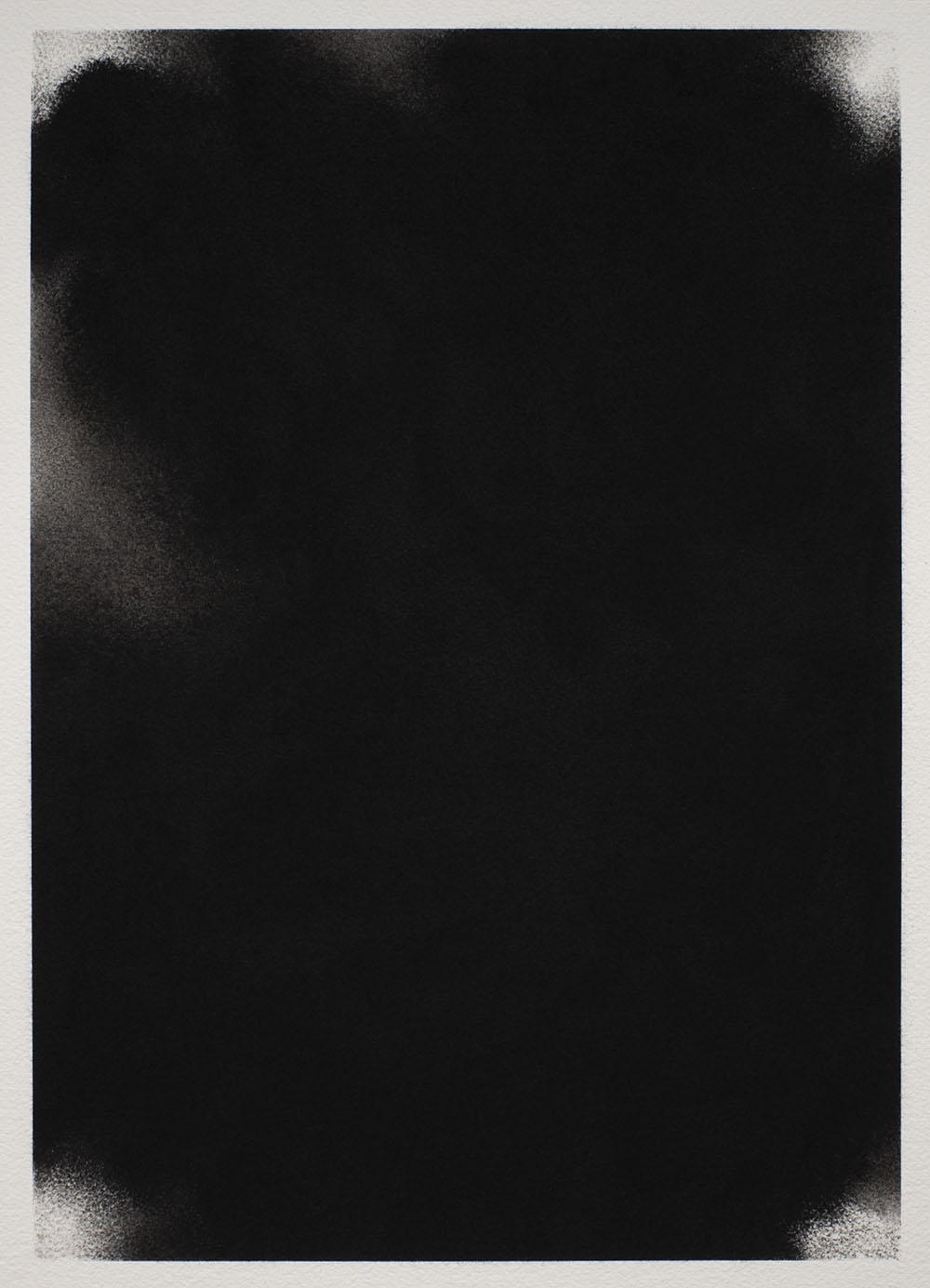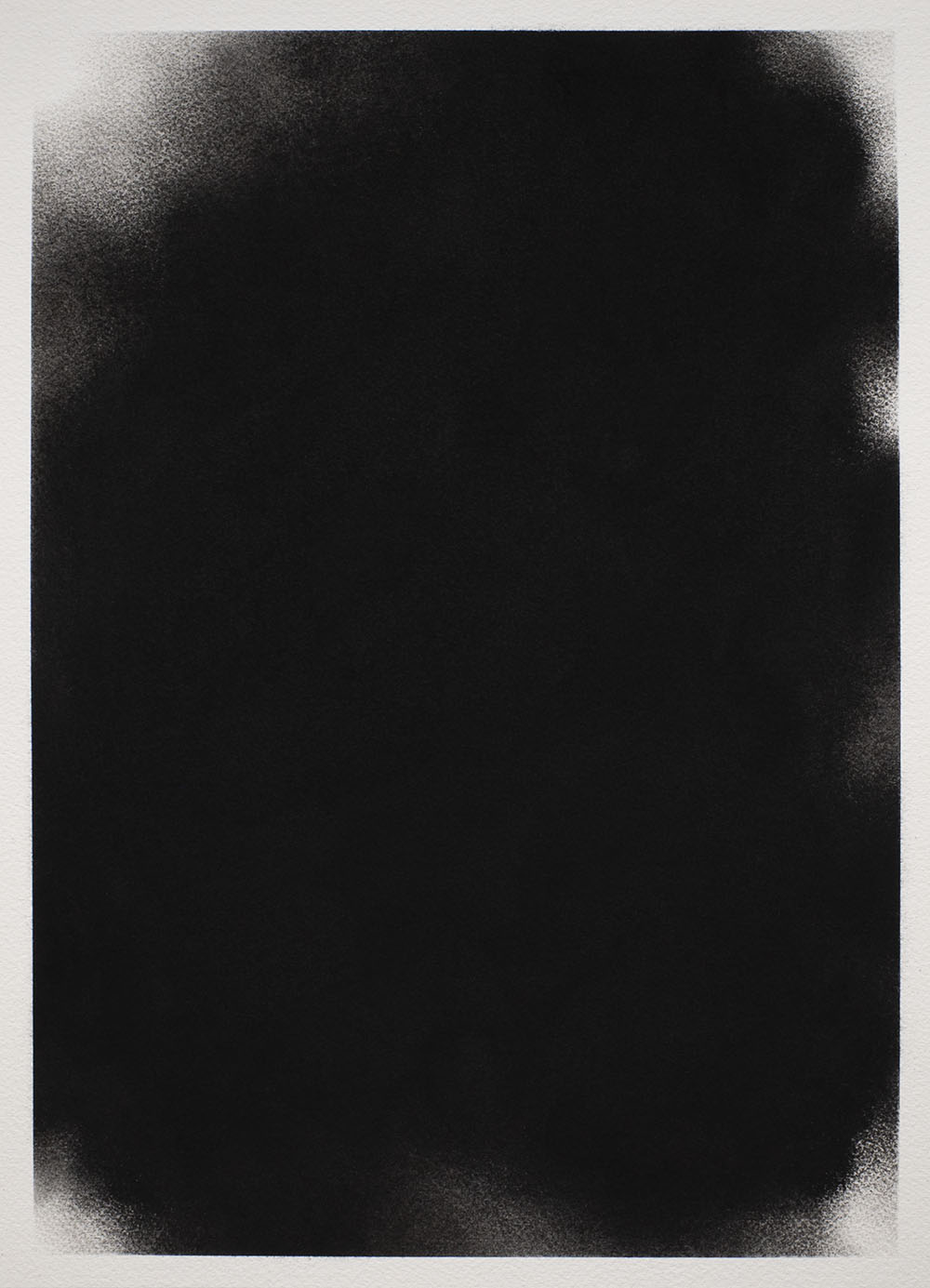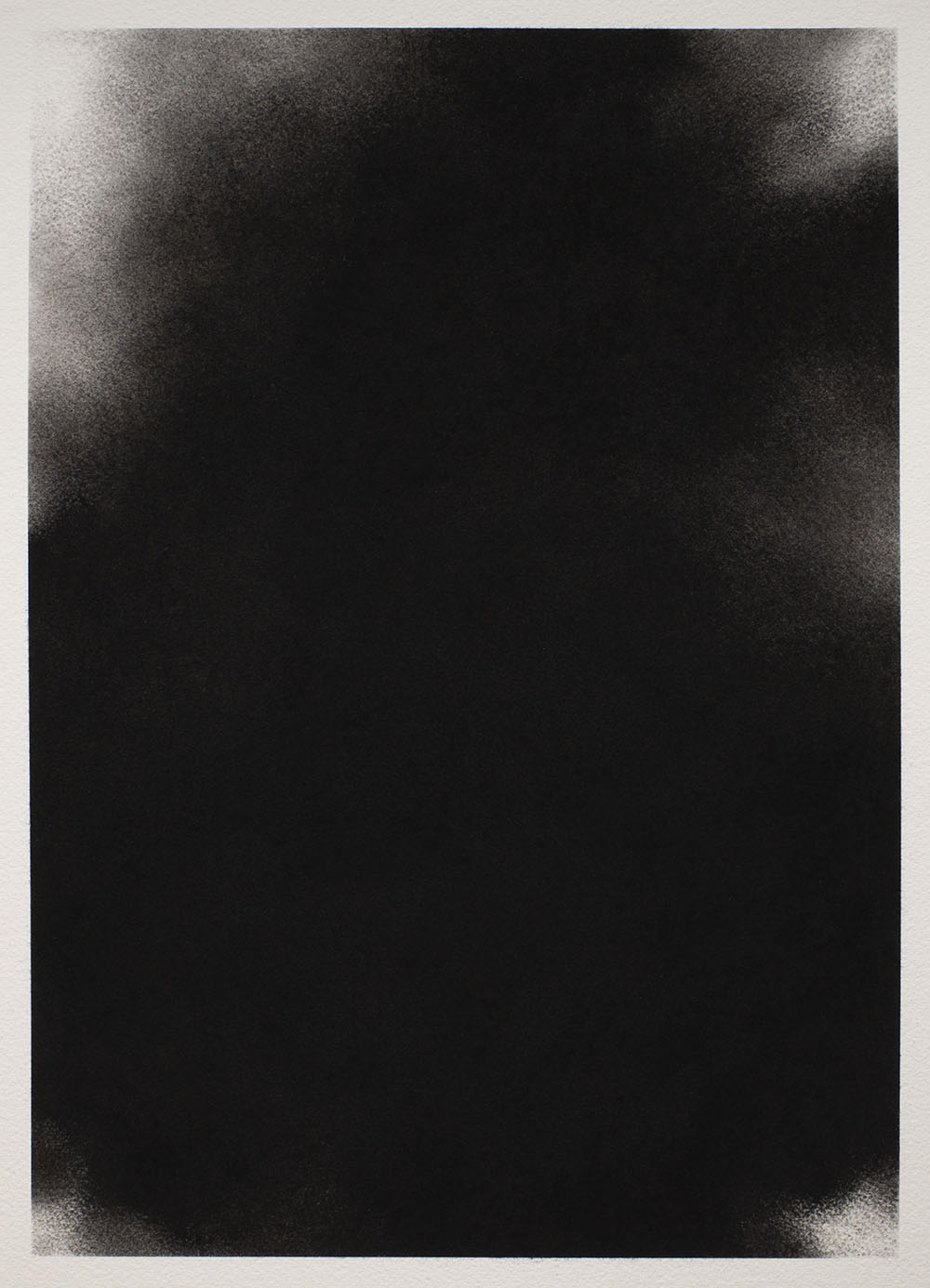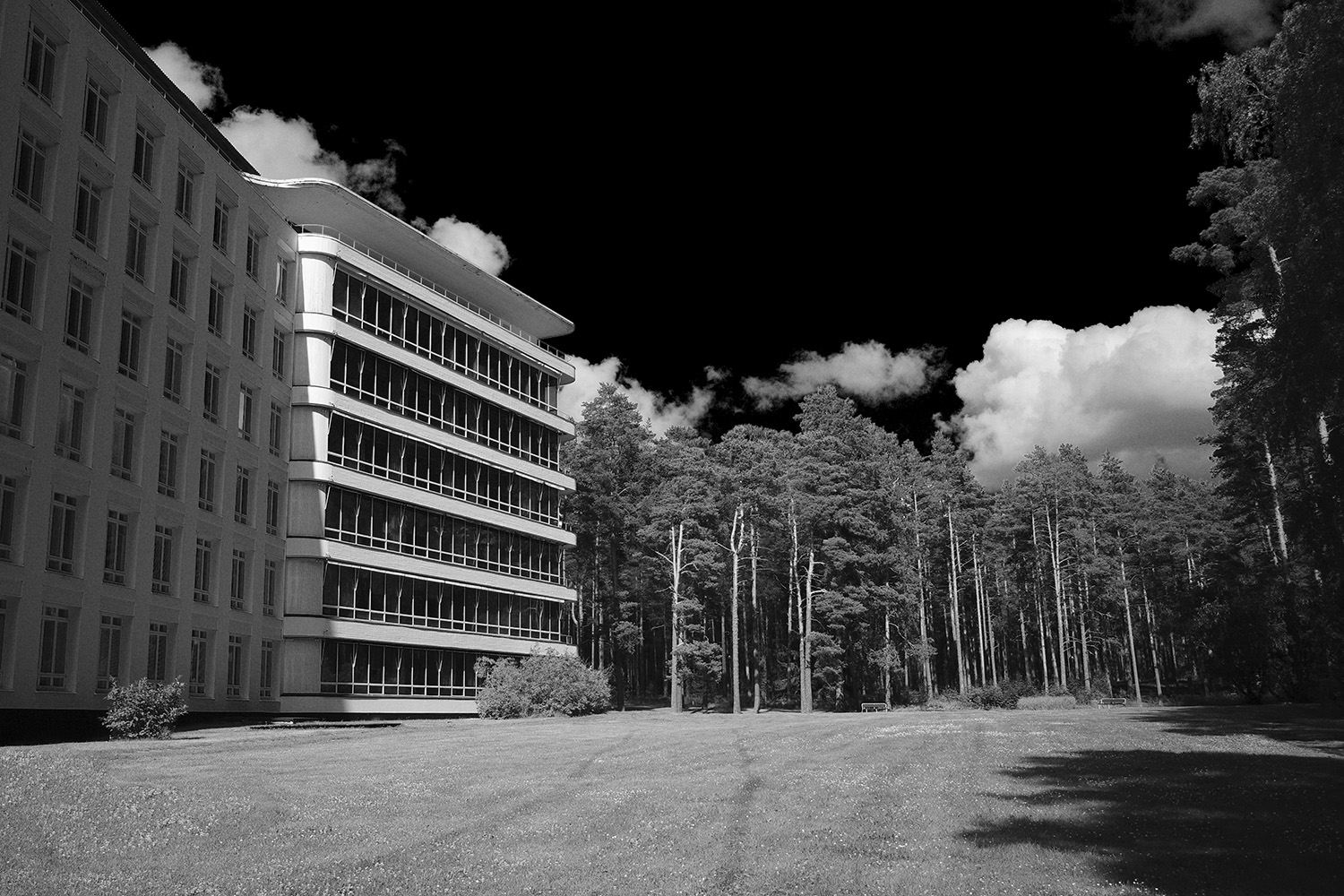
The Colour of the Sun
At the Paimio Sanatorium Residency, July 2024
The image of a black smoke rising from factory chimneys is a symbol of the Industrial Revolution. Although the Industrial Revolution brought about the rapid spreading of tuberculosis, technology made possible by it also led to the development of the sanatorium: an experimental architecture of modernity.
Coal soots are brought back here in the former patient room. When I blur the carbon residue with my fingers, a black smoke rises over the paper. As I try not to inhale it, my breathing becomes shallow. The breathable architecture allows invasion from the inside.
I go out of the ward to get fresh air. The sun at latitude 60°46’ in the middle of the summer is low, but strong in radiation. The sun attempts to invade the architecture of solitariness. Most of the rays are reflected by the whiteness of the facade, but those who manage to penetrate inside are translated into a meticulously calculated chromatic composition. Nevertheless, the sun would not see those colours because the sun itself is the spectrum of colours.
The rooftop sun terrace allows direct communication with the sun. Old photographs of the sun terrace from the days when they had TB patients exercise breathing are in black and white. Their expressions of anguish seem to come from fighting the disease, or from being burnt by the sun. The stronger the sunlight, the darker the shadow of the curved sun terrace stands out in contrast, taking on an aspect of black and white.
The architecture of modernity has transformed from a laboratory to a cultural heritage; from a building of control to another building of control. Now, who will the sun shine on?
The Colour of the Sun, 2024
Charcoal, paper
36 x 26 cm each (unframed)
37 x 27 x 3.5 cm each (framed with museum glass)
